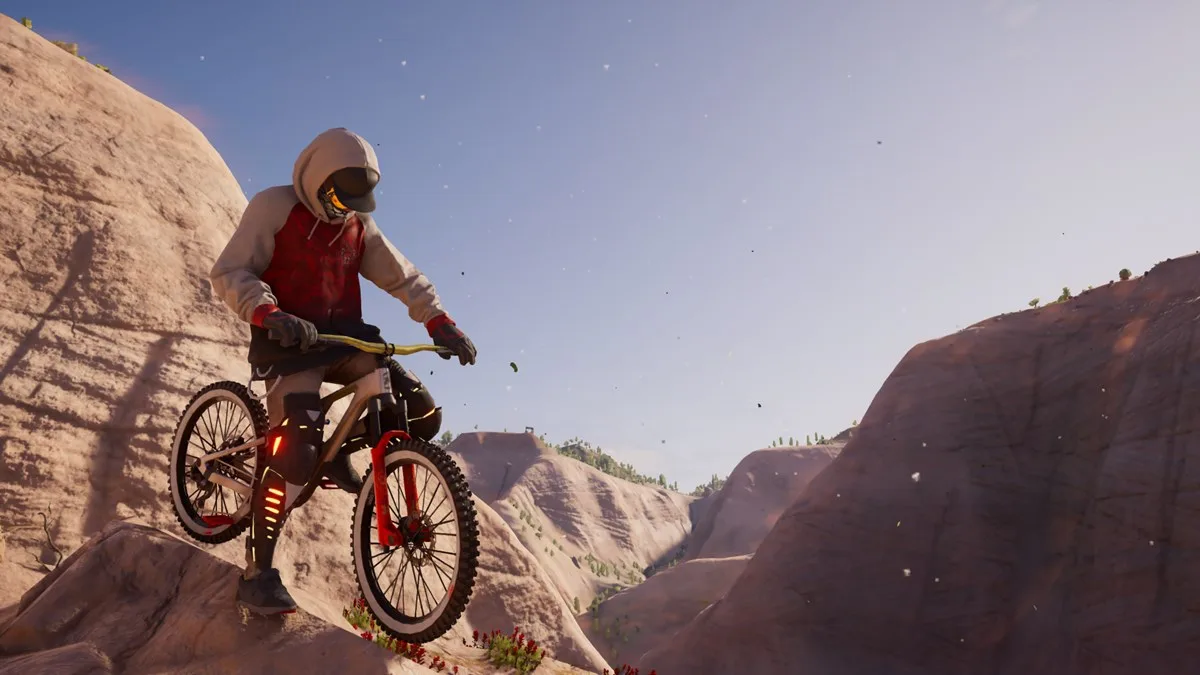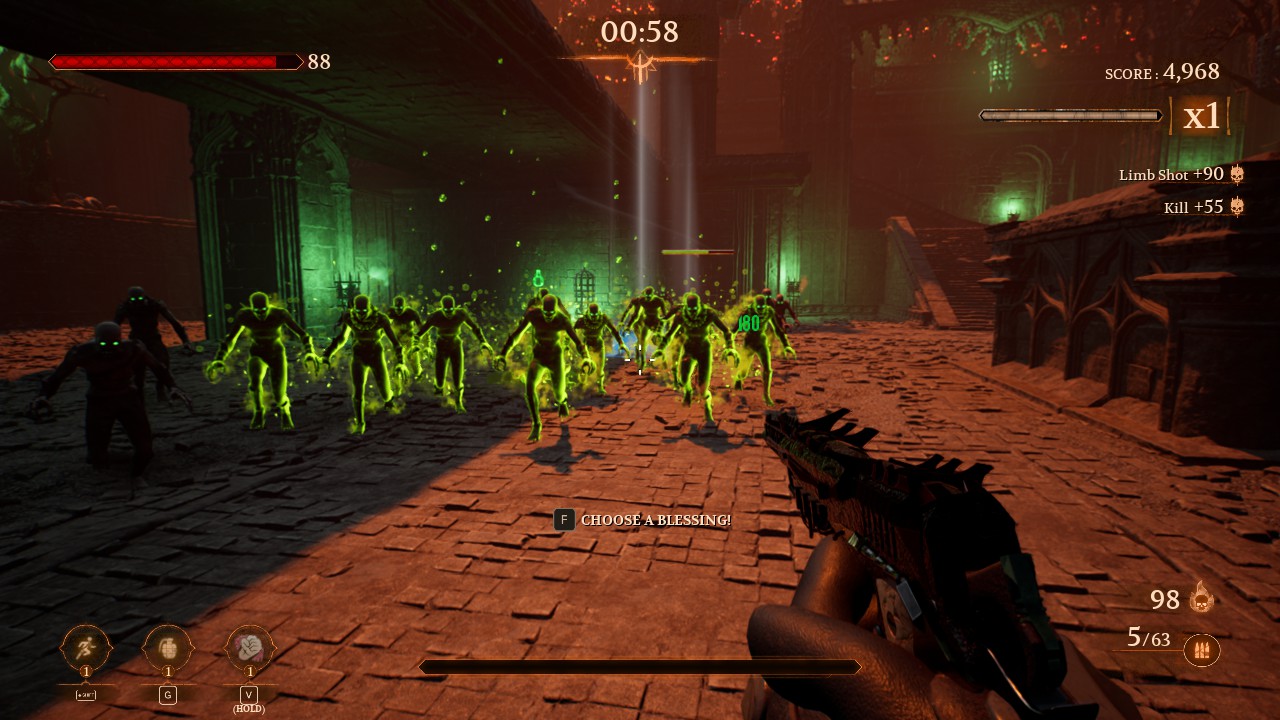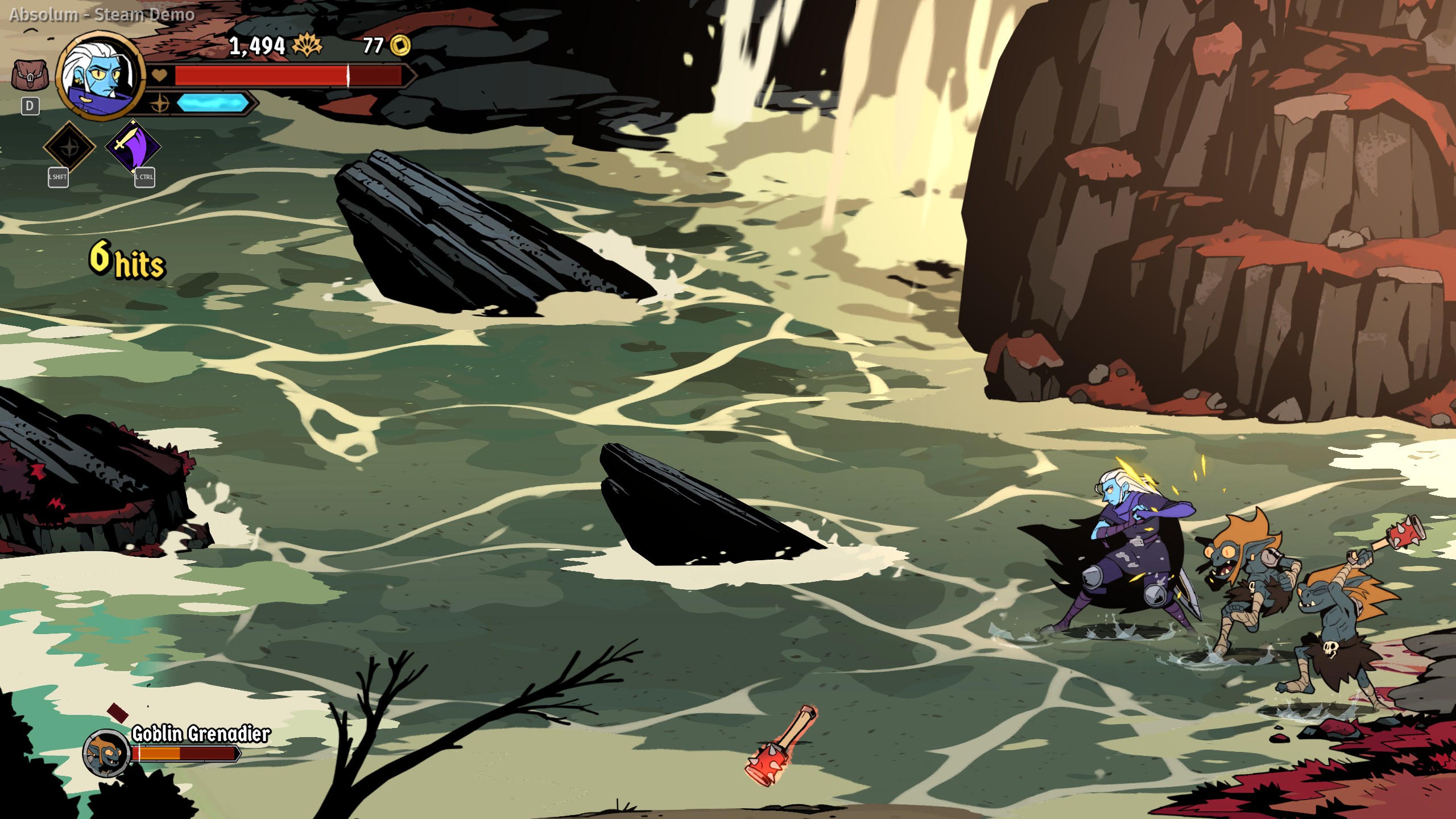Back in late 2021, Ubisoft released the sequel to its ambitious open-world snowboarding title, Steep. Rather than opting to stick to just the winter sports theme, however, the team over at Ubisoft Annecy would expand upon their formula by incorporating almost every extreme sport into one package. This package, became Riders Republic.
Including DLC packs that have been released, Riders Republic features seven different sports disciplines, each containing a variety of different categories. This results in a range of different extreme sport experiences, all taking place in a massive, freely-explorable map that’s a mix of different national parks from the western United States. Despite its big pool of content, sleek visuals and easy-to-learn mechanics, Riders Republic almost seems like its flown under the radar for nearly a full two years at this point.
A rider’s paradise
Before getting into the weeds of Riders Republic’s content, I want to show some respect to the scenery designers.
Built from intricate scans of the different world famous national parks like Zion and Yosemite, Riders Republic’s map is comprised of a hybrid combination of seven different national parks.
In-game, there’s a seamless transition between each region; almost as if they were all connected in real life. While the overall map is fantasy, there’s a high level of realism when it comes to its rendition of natural features, including elements such as slopes, cliffs, canyons, rivers and famous landmarks like El Capitan. Indeed, real-world hikers, bikers and boarders will recognize familiar points if they’ve visited the real life locations. The game even features various ‘Viewpoints’ of real landmarks containing their descriptions. As you can see, there’s a great attention to detail.
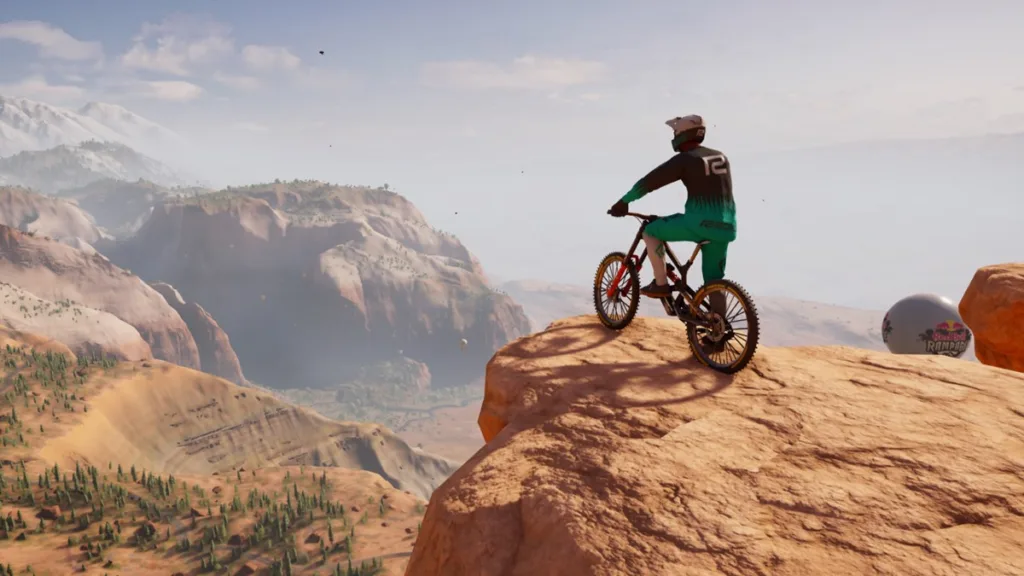
Where Riders Republic ditches its realism, however, is when it comes to its overall gameplay mechanics.
Whether you’re shredding the slopes of snow-capped peaks, or tearing up the dirt paths through the canyons on a bike, Riders can pull off insane, fluid-looking trick combos with relative ease. Mastering the control scheme takes a small amount of time and eventually it becomes second nature, especially as you traverse the open-world map and find yourself effortlessly flipping through the different types of gear.
You can start a free roaming session at the top of a snowy mountain in Grand Teton, and then carve your way down, before eventually hitting the greener trails of the Yosemite Valley, wherein you’ll then swap to a bike and tear through the beautiful scenery.
It’s the size and seamlessness of the Republic which is part of the game’s charm. While there are only a handful of races that will take you in between regions and shifting through the different sport disciplines all at once, just having the freedom to do this while exploring is a great feature. Sometimes, it’s fun to just enjoy the game and its world rather than focusing only on the activities.
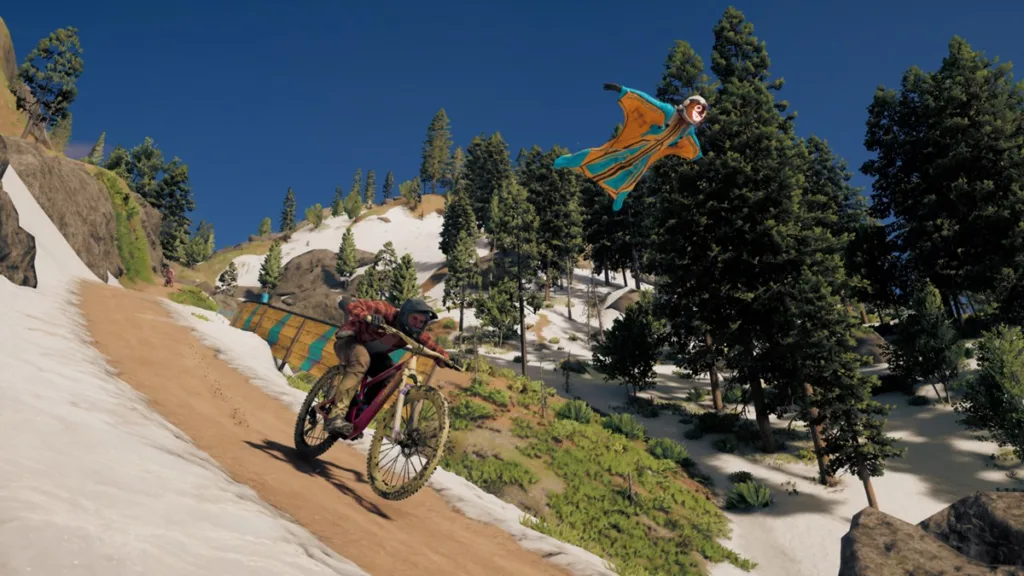
The game actively encourages free roaming as well, as there are Weekly Challenges that often require you to wrack up a certain number of points while free roaming, sometimes even in specific regions. Additionally, there are poppable RR Balloons scattered throughout the world, over 500 of them, which are in places you’d only find by exploring.
It should come as no surprise that an open-world game actively pushes its players to explore said world. But, it feels particularly good here due to the fact that the map has clearly been crafted with that in mind. Tracks and stunt parks are present in the open world just as they are when competing in an event, making it easy to just goof around without the pressure of a timer or objectives.
Really, Riders Republic embraces the magic that comes with the real-life versions of these sports—just grabbing your gear and heading out there (minus the danger.)
A buffet of boards (and bikes)
On the note of gear, the variety on offer here is remarkable. There’s a good number to choose from through the four different sports that are included in the base game: biking, snowboarding, skiing, and air sports. These sports even have various sub-categories within them.
DLC packs include access to even more kinds of gear, including BMX bikes, a jumbo electric bike, snowmobiles, and there’s even a hoverboard. Forthcoming is a skateboarding add-on which has many fans excited.
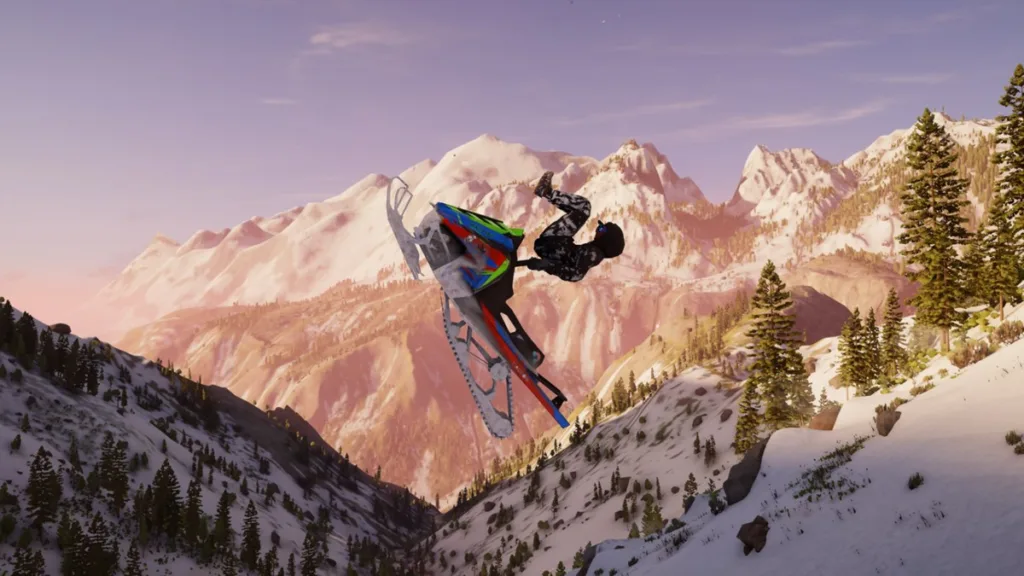
Indeed, there’s a lot to enjoy within Riders Republic. While the different sub-categories within the main categories of sports do make the gameplay feel a little bit repetitive, the overall package is solid.
Similar to that of games like Forza Horizon and Ubisoft’s own The Crew series, there’s a good mix of complimentary styles.
Rather than focusing on just one facet of extreme sports like how Steep was dedicated solely to winter sports, Riders Republic makes good use of its varied map with the varied sports types. Sometimes, you’re just in the mood to hit some slopes, but other times you might want to go to the hills on a mountain bike. The fact that you can do it all in one game, and it feels good, is what I consider to be the ‘magic touch’ of Riders Republic.
Greasing the gears
It’s not easy trying to balance different styles within the same game. The Crew 2 demonstrated this the most, as it tries to incorporate not just different motorsports, but even entirely different vehicle categories, including planes and boats, all in the same game as hyper cars and monster trucks.
Adapting the same game to handle these different options must be hair-pulling behind the scenes. However, just as Ubisoft Ivory Tower managed to pull it off with that game, so to has Ubisoft Annecy with Riders Republic.
Going back to the point I made a moment ago about this game’s trick system; it truly does feel good. Players have the option to adjust specific parameters to make the controls suit their preferences how they need to. For instance, there are three separate control styles, each with varying levels of assist and button layouts. So, having these options allows each player to make the experience either harder or easier.

Compare this to similar titles such as the Tony Hawk Pro Skater series. For the most part, while those games were forgiving, mastering its controls and mechanics was the key to chaining together mega combos and flying through each level with little to no mistakes.
While Riders Republic does feature a similar combo chaining system, as do most other extreme sports titles, this implementation is rather forgiving. In addition to being able to quickly Rewind a mistake at the tap of a button (and with no limits,) you can literally try, fail, and try again with no real repercussions. Even if your combo streak does end, you can just start from the beginning and attempt it again.
Certain events have a timer which will not rewind when you use the mechanic, but other than that, the game essentially lets you keep retrying as much as you need to.
All these little quality of life features is what makes this one of the most ‘smoothest’ feelings sports titles I’ve ever played. Now that I look at the stats, I really have played a lot of Riders Republic.
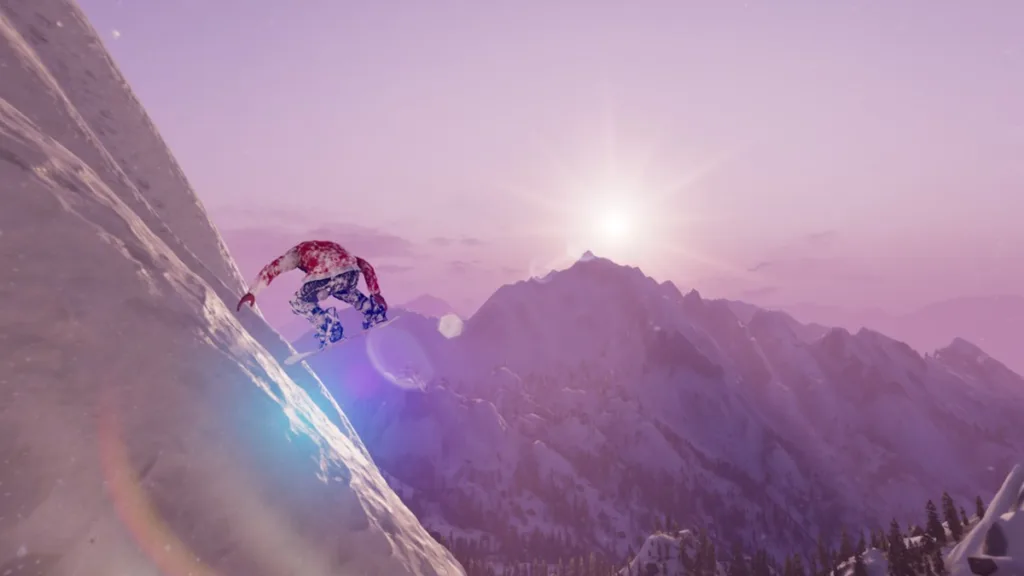
At the time of writing, I’ve put 35 hours into the game since I picked it up only a few months ago; 12 of which has been just free roaming, according to Ubisoft Connect.
It’s safe to say that I’ve gotten sucked into this stunt-filled world and honestly, it’s feels pretty good. Having reviewed games professionally for about a decade at this point, there’s only been a few titles within this timeframe that have kept me absorbed for dozens of hours.
Perhaps the fact that I didn’t review Riders Republic contributed to me actually being able to develop a bit of a connection with it. But, there are other titles I’ve played long after I’ve reviewed them, such as Microsoft Flight Simulator, The Crew 2 and Forza Horizon 5.
Still, the vast majority I barely touch afterward. So, the fact that Riders Republic hooked me like how I’d become obsessed with a game when I was younger is a big win in my book.
Yet, it seems there aren’t too many others that share this sentiment.
A sparse nation
I just mentioned how I picked up Riders Republic a few months ago. Yet, this game has been out for quite some time now; almost a full two years. In my case, I was waiting for a solid sale which I did score. Nevertheless, the game has clearly had some time to build up its population, but that apparently just hasn’t happened.
An even more striking factor in this situation is the fact that it was very recently ‘rereleased’ on Steam—with a temporary discount. Like many of Ubisoft’s other titles, the company took its time freeing it from the clutches of its own storefront on PC. Even though it’s now available to a wider audience, the Steam release doesn’t seem to have made much of a dent to its growth stats.
With just a little under two weeks on Steam, Riders Republic has only amassed 1,500+ reviews. They’re mostly positive, mind you. So, the audience it has found has been welcoming—just not plentiful.
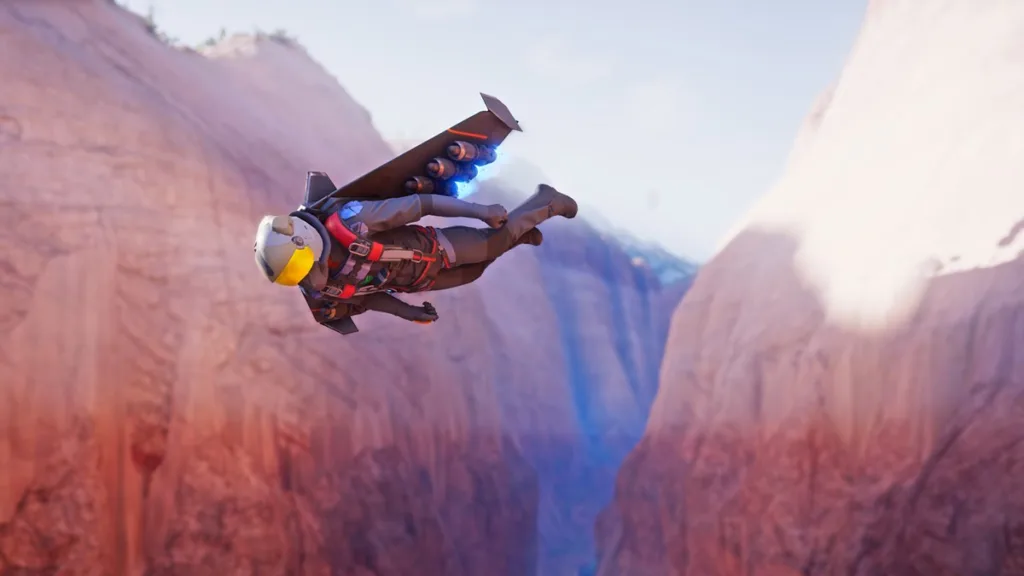
During the week of its release, the official Steam Stats place its debut at #34. The third-party Steam Charts site gives some more detailed data, with an all-time peak of just 3,230 concurrent players as of June 18, 2022. It’s highest amount of concurrent players in 24 hours? Just 2,062.
While Riders Republic is not inherently a multiplayer game, it does lean heavily on its online functionality. Player avatars fill the map of the open-world and when you compete in single player events, it’s against the ghosts of other players.
There’s an option to remove other players’ avatars when free roaming, but then the world just feels eerily empty. There’s an entirely offline mode called Zen Mode which allows you to roam with zero distractions—and also zero progression. So, while this may be a single-player experience in theory, in execution Riders Republic does stay true to its name as it’s supposed to be a thriving community.
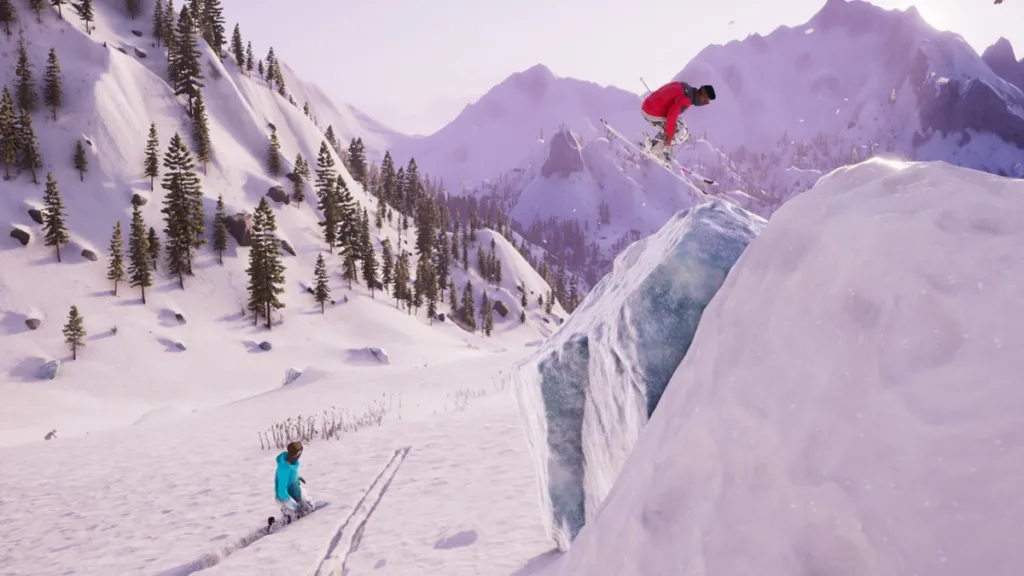
The game’s Twitter page, open since July 2020, only has a little over 24,000 followers. The Reddit community is only 26,000 strong. The cherry on this mud pie is the fact that Ubisoft has published no sales data for the game at all.
Keep in mind, this is a multiplatform title that’s available everywhere but the Switch. It was even on Stadia, before that died. So, Ubisoft clearly has tried to get the game out there. Rather than being a thriving, expanding region, Riders Republic seems to be more like a tiny, overlooked micronation.
Do what you can
I don’t quite get why this is the case, however. While I purposefully didn’t do a deep-dive into Riders Republic’s mechanics (this isn’t a review, after all) — I did highlight its strong points. It nails all the important factors: great mechanics, a good chunk of content, lots of player flexibility, a well-built map, and just to add, its visuals are pretty snazzy.
Through-and-through, this is a very well built title and easily the best in its genre that I’ve played. It actually makes me not want to even go back to older games, because I’d miss the fluidity and size that Riders Republic has to offer.
Yet, Ubisoft’s Annecy’s well-built project doesn’t seem to have been appreciated. Why? It’s anyone’s guess, really. This genre isn’t nearly as crowded as it used to be, but that right there may also explain the lack of fanfare.
Had Riders Republic released in the early or mid 2000s, when extreme sports titles were at their prime, perhaps its legacy would be a lot different. Even when you ditch the heavy MMO features and just leave the core experience, I reckon this may very well have pulled some numbers.
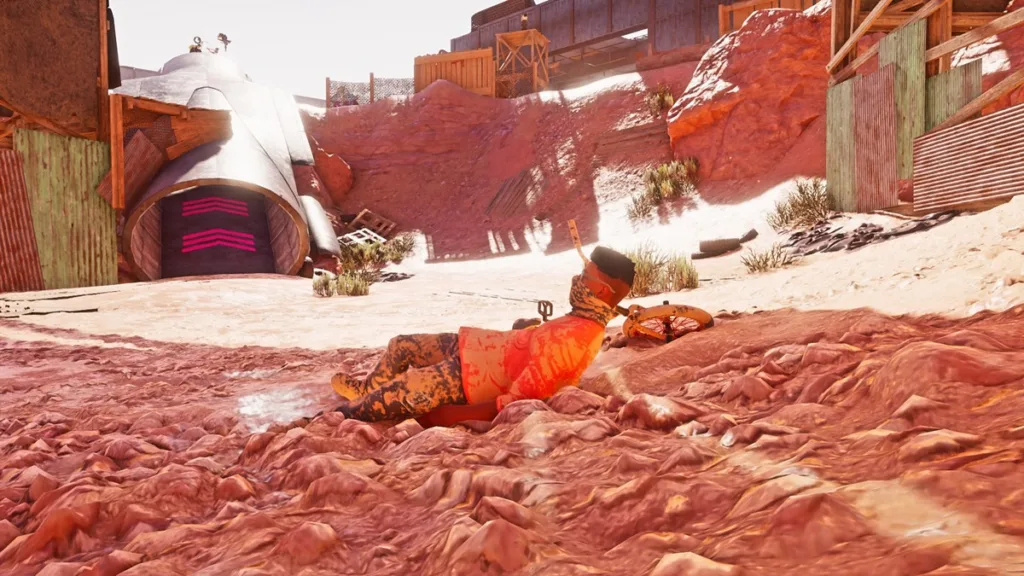
Riders Republic is certainly not a perfect game, mind you. I mentioned earlier about how its repetitive in some aspects. But, another low-point is its reliance on its in-game economy. While this may have the charm of sports titles of old, it certainly does like to frolic in the modern marvel that is microtransactions. From new sports being locked behind relatively high paywalls, to an overwhelming amount of ‘fancy’, flashy cosmetics being shown to entice you to buy, the game does carry a light stench of corporate greed.
Even so, it’s not hard to ignore that and just enjoy its core offerings. Thankfully, there’s no pay-to-win cogs at play and you remain free to enjoy the game as you see fit. But, again, the masses just don’t seem particularly thrilled.
Leaving a legacy
While you can fire up an old SSX or Tony Hawk title and enjoy it fully, the same might not prove to true for Riders Republic in as little as say, a decade from now. So, maybe, just maybe, now is the time to enjoy it while we all still can. It may very well not even get a sequel and it goes without saying that this apparent future is just a crying shame.
There are a few interesting titles from my childhood that I have foggy memories of that have almost all been lost to time. Most of them were either free, limited time downloads, or payware from studios that have long since past. The point is, I can’t go back and rediscover those titles, and it’s only been about 15 years since I last played them. That’s why it’s shocking to me that the same might prove true for Riders Republic.
Even if the legacy it leaves behind is only remembered by a few and the ability to come back and play it is eventually lost (if not heavily restricted), at least I’m glad to have experienced it now.
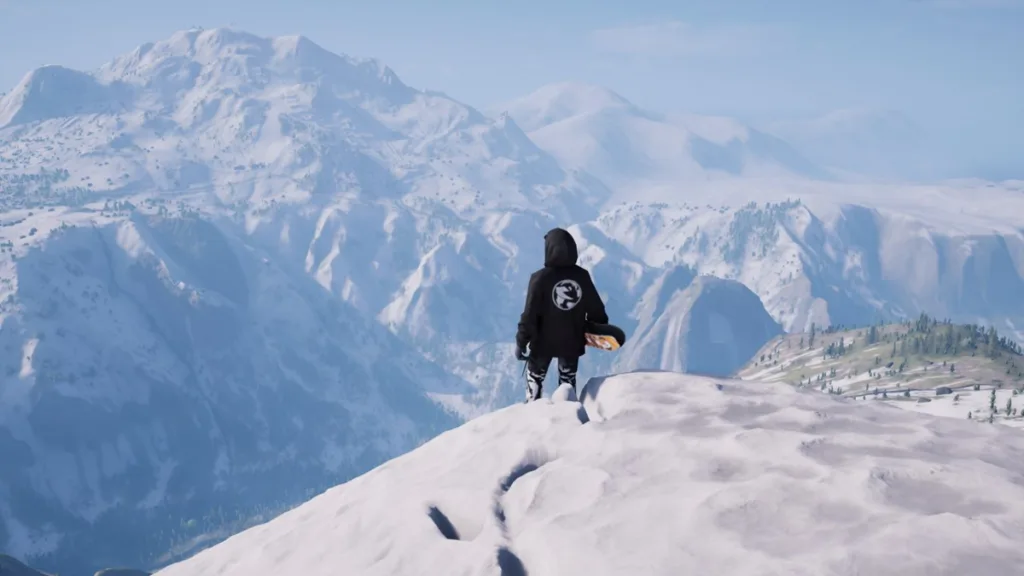
These sorts of games aren’t really a dime-a-dozen anymore. The industry has mostly shifted to either producing highly-realistic sports sims, or mostly ignoring the genre altogether.
While indies do release some fun new ideas here and there, a game like Riders Republic really does need the backing of a major corporation like Ubisoft to be executed the way this game has. The amount of resources and technical prowess of its team are clear to see; that’s all very good. Thus, it’s sad that it hasn’t been appreciated more.
Sometimes that’s just how things go for some works of art. Whether its pieces of literature, paintings, songs, films, and now even games—sometimes works of art (and their creators) are appreciated long after their time.
Check out more related content:
Lost Game Genres: The grungy arcade sports titles of the 90s/2000s | Nintendo has a right to protect its IP, but how bad is emulation, really? |

